Anyways who ever said Somalis still speak some Egyptian dialect can you post it? That really interested me. 







nikka I have never done anything like that, stop lying about me, you don't even know my username there. I called you out cause you use to be in that group (you use to use the same name) and in this forum you were talking crud (shyt) about us.

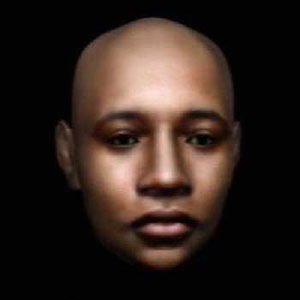
The fact that @elias1 is using Caucasian to mean West Asian should tell you everything.

Who commissioned that pic(btw it still looks lke he has some non SSA traits) and why can't you explain toHere's another reconstruction of Tut's face.

I yeah I agree admixture does tell a bigger story but still Cushytic speakers hardly carry A and B. I know some Northern Ethiopians with A, not all Cushytic speakers n general. Anyways I get the confusion lies with me using "Nilotic/Nilo-Saharan" as a blank term. To give you an example the Dinka, Shilluk and Nuer do not have V32 lineages showing a discontinuity with Northern Sudanis, Horners and Kenyans. IMO their lineages represent an older instance. With Nilotic speakers in Kenya such as the Masaai, Samburu etc its the exact opposite so maybe they shouldn't be used as a yardstick for a "true" Nilotic population.
Wait, what does Poitier the retard mean by that? Aren't West Asians Caucasians? Does he even know that most European's are genetically nothing more than West Asians who moved into the place just before the palaeolithic and that it continued all the way to the neolithic? Europe and West Asia to boot continuously interchanged admixture and haven't had anything restricting movements on Both sides. Europeans and West Asians are more related than East Asians are to Native Americans, forget about anything else. You're gotten too carried away.What should it tell us?
Aren't West Asians Caucasians?
The link talks about wigs and Ancient Egyptians probably traded with Afro-Asiatics and West-Asians for those.
Because Black people also lived in North Africa as the majority for a long ass time.
But were not the majority in North Africa (Berbers are)
For example, Harlem, NY is increasingly becoming gentrified..I have heard estimates that up to 50-60% of it is racially white now. Is it accurate to still call it the "Black Mecca" or is a city like Atlanta (60-70% Black) more deserving of that title?
Areas are defined by the people that inhabit it.
A majority of our people in the world are located South of the Sahara, until this changes.........
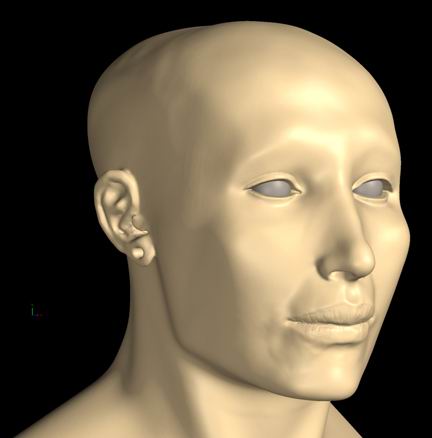
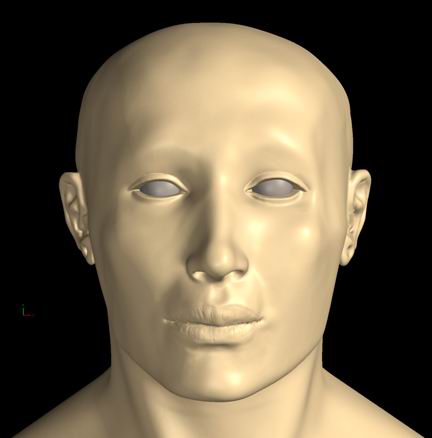
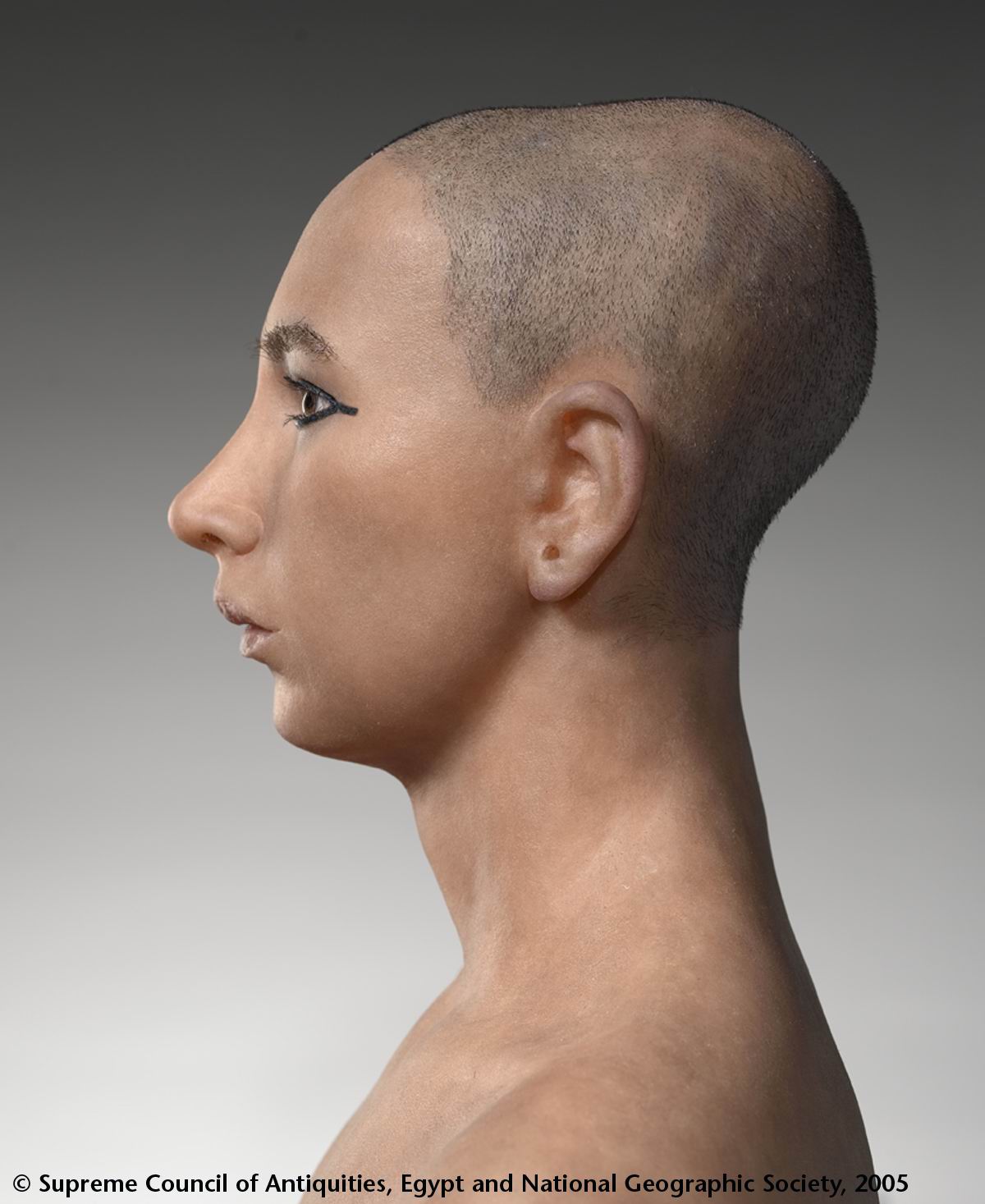
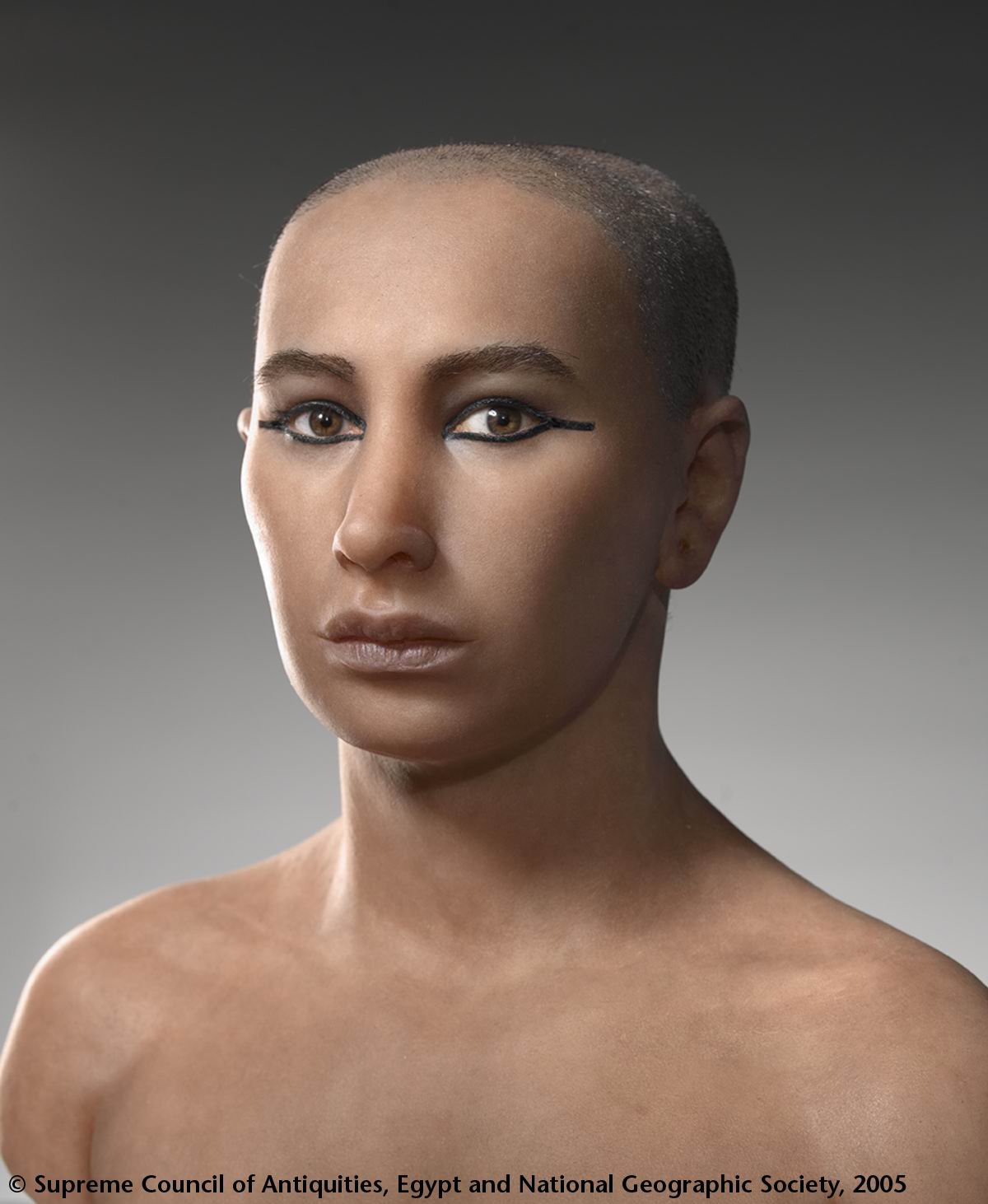
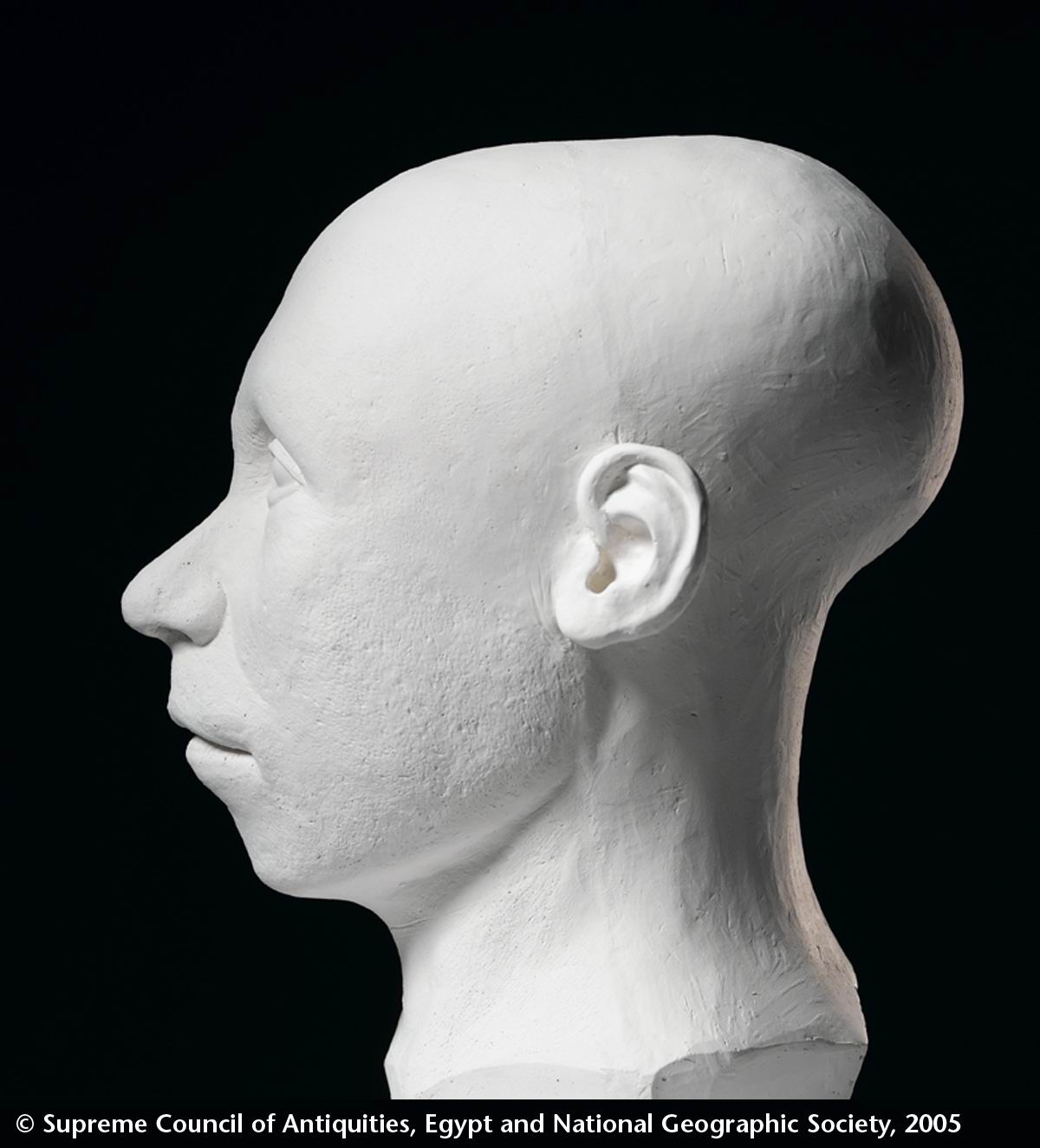

Again doesn't mean what you are suggesting but really just means genetic interaction imo.There are number of Nilotic groups, I suspect different nilotics have different origins. Gumuz is one of the oldest branches of Nilotic and their Afro component matches well with the principal non-Caucasian component of Cushytics.
Also, there are studies indicating that South Sudanese groups carry admixture from Central African groups like the Zande which they share a border and country with, something Gumuz and other Nilotics in Ethiopia tend to lack. Groups like the Maasai, Kunama, Samburu are Waaay too genetically mixed to be even considered representative of nilotics in my opinion so I sorta agree.
Also WRONG!, Almost all Horner Cush/Sem groups carry A apart from Somalis who are bottlenecked,
http://ethiohelix.blogspot.co.uk/2012/11/extensive-doctoral-thesis-on-ethiopian.html
Look at Dr. Chris Plaster's recent Study on a number of Ethiopian groups, apart from The Maale who are Omotic, All cushytcs and former cushytc turned Semitic speakers carry it attesting to the nile valley origin of Cushytic as native Omotics tend to lack it making it very likely that Cushytics got this prior to migrating to the Horn.
